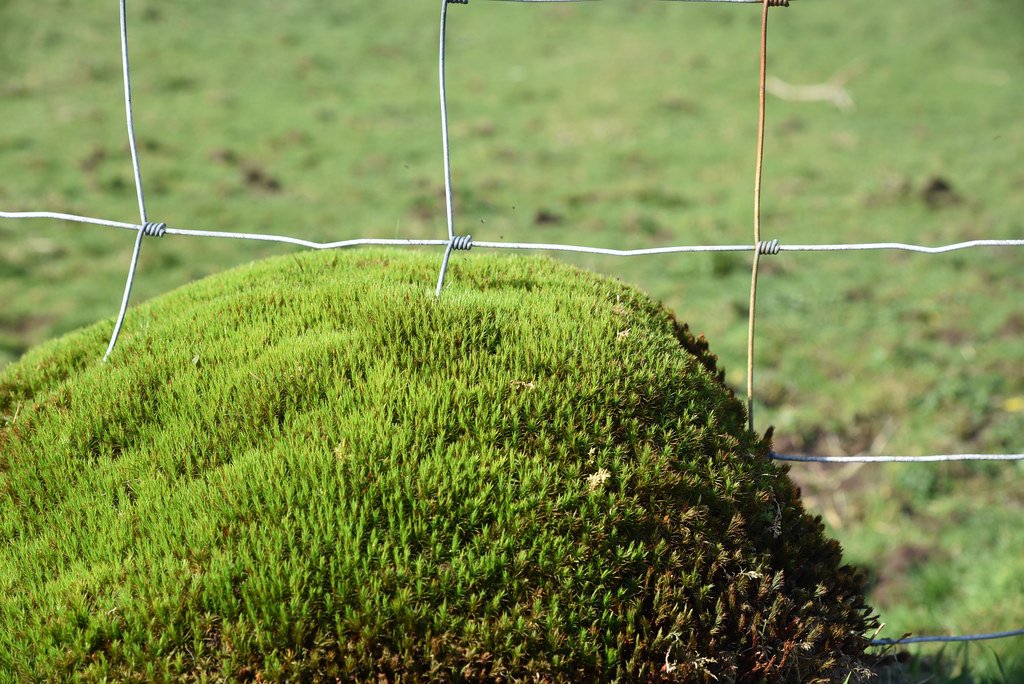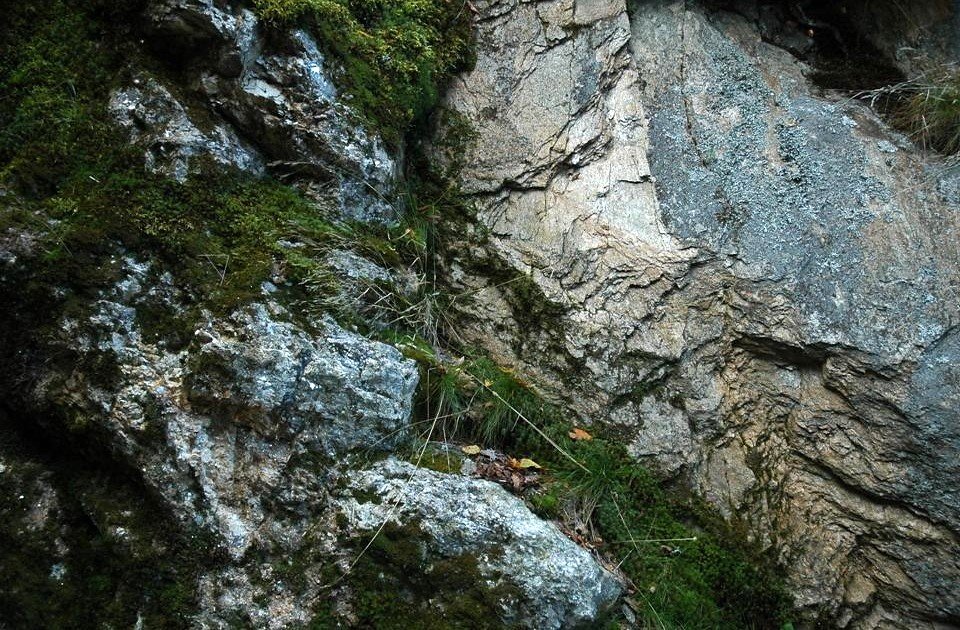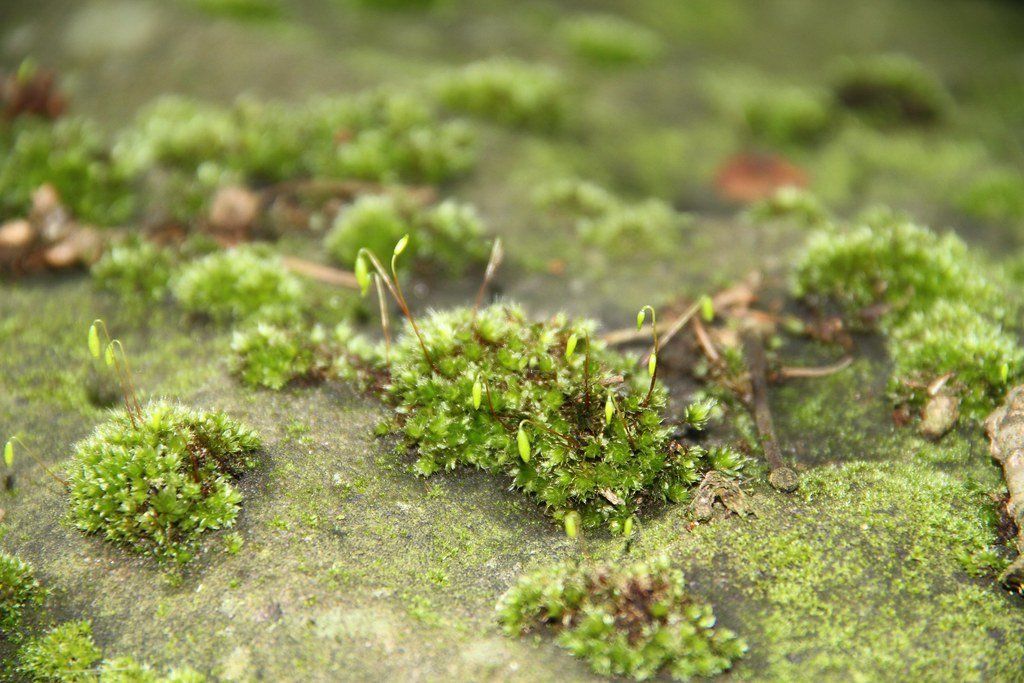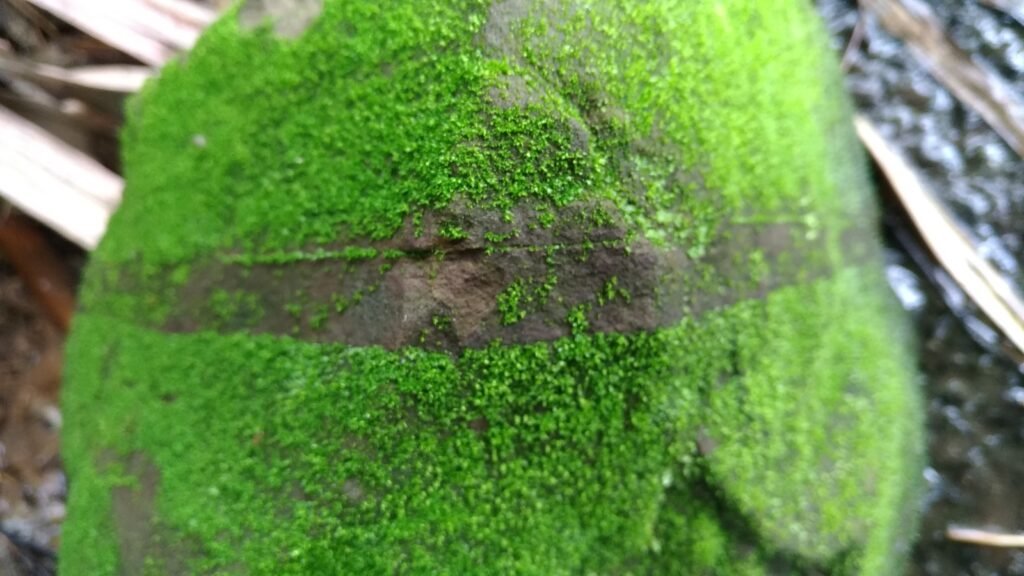Picture this: vast sheets of ice stretching as far as the eye can see, crushing everything beneath their enormous weight. Then, slowly but surely, the world begins to warm. As these glacial giants retreat, they leave behind a moonscape of bare rock, gravel, and sterile soil. What happens next might surprise you – the first living things to claim this harsh, empty land weren’t mighty trees or colorful flowers, but something far more humble and extraordinary: moss.
The Great Melt: When Ice Sheets Retreated

Around 20,000 years ago, massive ice sheets covered huge portions of North America and Europe. When these glaciers finally began melting around 15,000 years ago, they exposed billions of acres of completely lifeless terrain. The retreating ice left behind a landscape that looked more like Mars than Earth – rocky, cold, and utterly devoid of vegetation. Yet within this seemingly impossible environment, moss would soon write one of nature’s most remarkable comeback stories. The speed at which these tiny plants managed to colonize such vast areas still amazes scientists today.
Why Moss Became Nature’s Pioneer

Unlike most plants, moss doesn’t need soil to survive – it can grow directly on bare rock. This superpower made it the perfect candidate to be nature’s first colonizer after the ice age. While other plants were still waiting for soil to develop, moss was already getting to work, using nothing but moisture from the air and nutrients dissolved in rainwater. Think of moss as nature’s ultimate survivalist, equipped with tools that other plants simply don’t have. Its ability to absorb water through its entire surface, rather than through roots like other plants, gave it a massive advantage in these harsh post-glacial conditions.
The Incredible Journey: Spores Travel Thousands of Miles

Moss doesn’t spread through seeds like flowering plants – instead, it releases millions of microscopic spores into the wind. These tiny travelers can journey hundreds or even thousands of miles, riding air currents like invisible hitchhikers across continents. When conditions are right, a single spore landing on suitable terrain can establish an entirely new moss colony. Scientists estimate that during the post-glacial period, moss spores were constantly raining down on newly exposed landscapes, creating a biological lottery where only the luckiest spores found the right conditions to grow. This aerial invasion happened on a scale that’s almost impossible to imagine.
Creating Soil From Nothing: Moss as Earth’s Architect

Here’s where moss becomes truly remarkable – it doesn’t just survive on bare rock, it actually creates soil for future plants. As moss colonies grow and die, they break down into organic matter that mixes with tiny rock particles weathered by wind and rain. Over decades and centuries, this process builds up layers of fertile soil where none existed before. It’s like watching nature’s own construction project, where moss serves as both the foundation and the building materials. Without this crucial soil-building work, the lush forests and grasslands we see today would never have existed.
The Speed of Conquest: Faster Than Anyone Expected

Recent research has revealed that moss colonization happened much faster than scientists originally thought. Instead of taking thousands of years, moss communities were establishing themselves within just decades of ice retreat in many areas. Some moss species can double their coverage area in just a few growing seasons under ideal conditions. This rapid expansion meant that within a few hundred years, entire regions that had been ice-covered for millennia were carpeted in green moss. The speed of this biological invasion rivals some of the fastest ecological changes we see in nature today.
Champions of Extreme Conditions

Moss thrives in conditions that would kill most other plants outright. Freezing temperatures, intense UV radiation, and months without water are just everyday challenges for these tough little plants. Some moss species can actually freeze solid and then spring back to life when temperatures warm up – a trick called cryptobiosis. During the post-glacial period, this incredible resilience allowed moss to survive and flourish in environments where temperatures could swing from scorching hot during summer days to well below freezing at night. It’s nature’s version of having a built-in survival suit.
The Domino Effect: How Moss Enabled Other Life

Once moss established itself, it triggered a cascade of ecological changes that transformed entire landscapes. The moss carpet trapped moisture, moderated soil temperatures, and provided shelter for tiny insects and microorganisms. These small creatures brought their own contributions to the developing ecosystem, including waste products that further enriched the growing soil. Soon, the conditions became suitable for larger plants, which attracted herbivores, which in turn attracted predators. Moss essentially pressed the “start” button on an entire continental ecosystem.
Ancient DNA Reveals the Timeline

Modern scientists can now extract DNA from ancient moss remains preserved in ice cores and sediment layers, giving us an incredibly detailed picture of exactly when and where moss colonization occurred. This genetic evidence shows that moss was often the very first complex life form to appear in newly deglaciated areas. Some DNA samples indicate that certain moss colonies have been growing continuously in the same locations for over 10,000 years. These ancient genetic records read like a biological history book, documenting moss’s role as nature’s first responder after the ice age.
The Moisture Masters: How Moss Engineered Its Own Success

Moss has an almost magical ability to harvest water from thin air. Its leaf-like structures can absorb moisture directly from fog, dew, and even humid air, allowing it to thrive in places where other plants would quickly dry out and die. During the post-glacial period, this water-harvesting ability was crucial because many areas had limited rainfall and no established water cycles. Moss colonies actually created their own microclimates, becoming more humid and hospitable over time. This self-engineering made moss expansion almost unstoppable once it gained a foothold.
Competition and Cooperation in the Green Revolution

As moss colonies spread, they didn’t just compete with each other – they often worked together in surprising ways. Different moss species would form complex communities, with each species occupying its preferred niche within the growing carpet. Some mosses specialized in the wettest spots, others thrived on exposed rocks, and still others preferred the edges where moss met bare ground. This biological teamwork allowed moss communities to cover much more ground than any single species could manage alone. The cooperation was so effective that some moss communities from this period still exist today, essentially unchanged after thousands of years.
The Temperature Tricksters: Moss and Climate Control

Moss colonies don’t just adapt to their environment – they actively change it. A thick moss carpet can lower soil temperatures by several degrees during hot days and prevent freezing during cold nights. This temperature buffering effect was crucial during the unstable climate conditions following the ice age, when temperatures could swing wildly from season to season. By creating more stable microclimates, moss made it possible for other plants to eventually establish themselves. Scientists now recognize that moss was essentially performing climate engineering on a continental scale.
Fossil Evidence of the Great Green Takeover

Paleobotanists have discovered moss fossils in rock layers that clearly show the order of plant colonization after the ice age. These fossils reveal that moss often appeared in newly deglaciated areas hundreds or even thousands of years before any other plants. The fossil record also shows that moss diversity exploded during this period, with new species evolving rapidly to take advantage of the vast empty landscapes. Some of these ancient moss species still exist today, making them living links to this incredible period of biological expansion.
The Chemistry of Success: Moss and Mineral Processing

Moss has a unique ability to extract nutrients from bare rock through chemical processes that other plants can’t perform. Special acids produced by moss can slowly dissolve minerals from rock surfaces, releasing essential nutrients like phosphorus and potassium. This chemical mining operation allowed moss to thrive even on the most nutrient-poor surfaces left behind by retreating glaciers. Over time, this rock-dissolving activity not only fed the moss but also helped create the mineral-rich soils that would eventually support entire forests. It’s like having a built-in chemistry lab that turns rocks into plant food.
Modern Parallels: Moss Colonization Today

The same processes that allowed moss to colonize continents after the ice age are still happening today, just on smaller scales. When glaciers retreat in places like Alaska or Greenland, moss is still often the first plant to appear on newly exposed ground. Scientists studying these modern examples have gained valuable insights into how the ancient colonization process worked. Watching moss colonize fresh glacial terrain is like seeing a replay of one of Earth’s most important biological events. These observations help us understand not just the past, but also how ecosystems might respond to future climate changes.
The Lasting Legacy: Moss Foundations Still Support Life

Many of today’s most productive ecosystems can trace their origins back to those early moss colonies. The soil layers created by ancient moss communities still form the foundation for modern forests, grasslands, and wetlands across huge areas of North America and Europe. In some places, you can dig down through layers of soil and still find the compressed remains of those original moss pioneers at the bottom. This means that when you walk through a forest today, you’re literally walking on top of a moss-built foundation that’s thousands of years old.
Climate Change and the Next Moss Revolution

As our planet’s climate continues to change, moss may once again play a crucial role in ecosystem transformation. Scientists are already observing moss expansion into new areas as temperatures warm and precipitation patterns shift. Some researchers believe we may be witnessing the beginning of another major moss colonization event, similar to what happened after the ice age. Understanding how moss conquered continents in the past could help us predict and prepare for the ecological changes ahead. The humble moss that rebuilt the world after the ice age might just be getting ready for an encore performance.
The story of how moss colonized an entire continent after the ice age reveals nature’s incredible resilience and ingenuity. These tiny plants didn’t just survive one of Earth’s most challenging periods – they thrived and laid the groundwork for all the life that followed. From creating soil out of bare rock to engineering favorable microclimates, moss demonstrated that sometimes the smallest players can have the biggest impact. Next time you see moss growing on a sidewalk or tree trunk, remember that you’re looking at descendants of the ultimate survivors – the green pioneers who helped rebuild the world. Who would have thought something so small could accomplish something so enormous?



